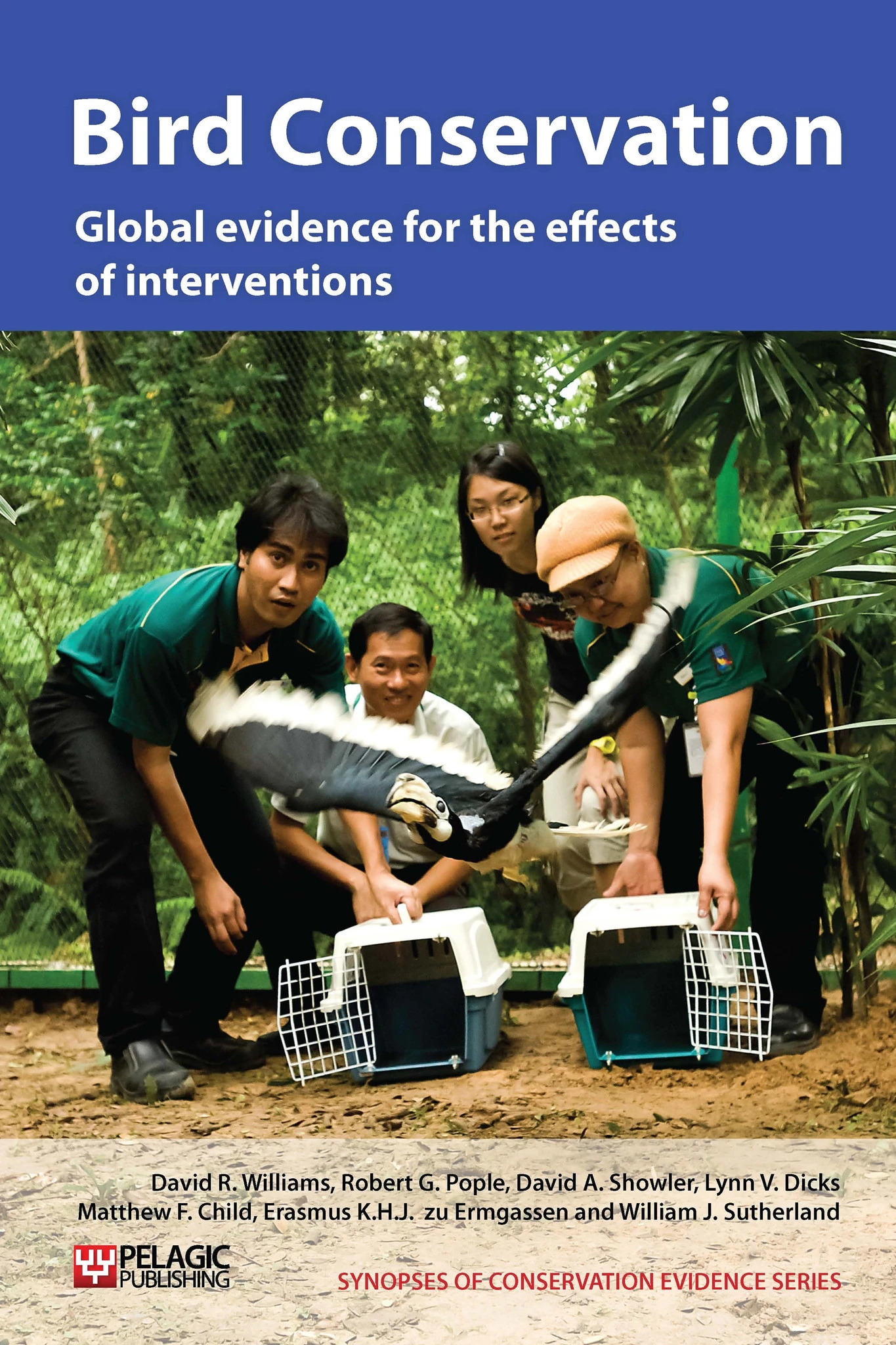Reduce adverse habitat alterations by excluding problematic aquatic species
-
Overall effectiveness category Unknown effectiveness (limited evidence)
-
Number of studies: 1
View assessment score
Hide assessment score
How is the evidence assessed?
-
Effectiveness
30% -
Certainty
14% -
Harms
0%
Study locations
Supporting evidence from individual studies
A replicated, paired study in the winters of 1993-1995 in six sites in an open-water refuge in Alabama, USA (Benedict & Hepp 2000) found that waterbird density in October was higher in plots with grass carp Ctenopharyngodon idella excluded, but that birds moved to plots with carp present over the winter. Exclusion plots had higher levels of native vegetation (dominated by muskgrass Chara spp. and sago pondweed Potamogeton pectinatus) but birds left as this became depleted. Control plots were dominated by (non-native) milfoil Myriophyllum spicatum. Exclusion plots were established to re-establish native species using netting (1.27 cm2 mesh, 1.2 m tall) held in place by buoyant ropes and weighted with steel rods to create 0.1 ha plots (25 x 50 m). Identical plots (without netting) were created (? 25 m away from the native plot) in areas of 100% milfoil coverage.
Study and other actions tested
Where has this evidence come from?
List of journals searched by synopsis
All the journals searched for all synopses
This Action forms part of the Action Synopsis:
Bird Conservation
Bird Conservation - Published 2013
Bird Synopsis





)_2023.JPG)














